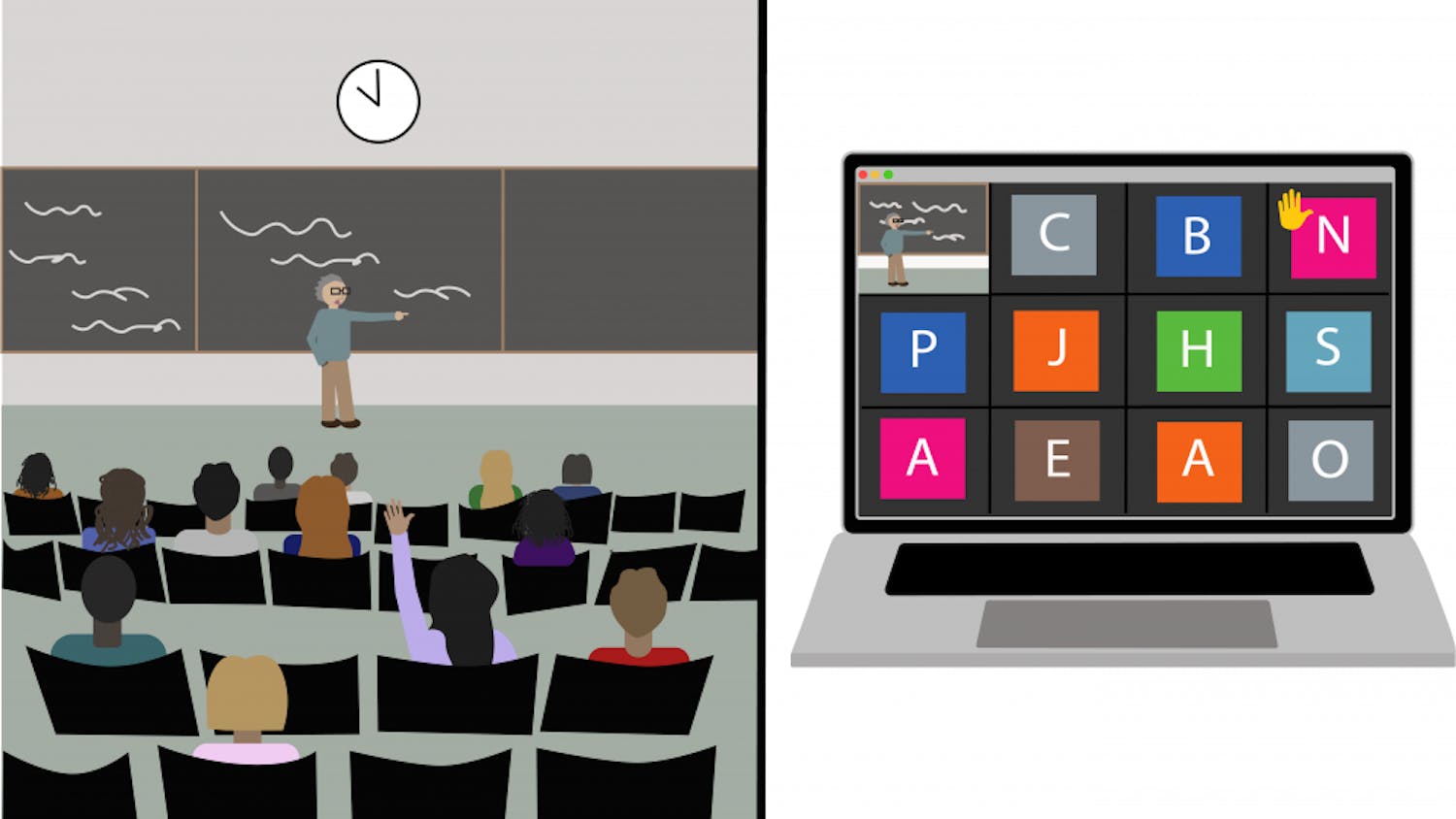When I turned 17, I wanted just one thing for my birthday: belly-dancing classes. The dance's beauty, grace and creative costumes, along with its strong connection to Arabic music, made it a natural choice of hobby for me. I eventually managed to convince my reluctant parents to fund the first month of classes, and after that, I was hooked. I am now 21, and there has not been a year since my 17th birthday when I haven't taken at least some formal and informal instruction on how to move my hips, feet and shoulders to the rhythms of the Middle East.
Unfortunately, not everyone shares my enthusiasm, or even respect, for belly dancing. Initially I thought this was an American problem, where the media have exotified belly dancers and pretty much anyone who can put on a costume can find a gig and an audience. However, to my surprise, condemnation of the dance was far more acute in Egypt, whose belly-dancing community is the best known in all the Arab world.
The low public image of belly dancing in Egypt surprised me. After all, dancers are essential at weddings and on many other occasions, where people shower them with money and compliments. Songs featuring lyrics and pop beats inviting listeners to belly dance become huge hits in Egypt, where they play on radio for months and even years. Videos of belly dancers can even be found at most supermarkets. The performance circuit is filled not only with local dancers, but also with foreigners who travel the world in search of an Egyptian dance education. The best dancers become household names and often gather great wealth. Some well-known 20th-century dancers have even become cultural icons who starred in countless films and who won the hearts of their nation and millions of Arabs around the world. Yet I have discovered that winning people's hearts is not the same as winning their respect. With regards to the latter, belly dancers still have a long way to go.
I perceived the taboo status of dancing early after my arrival in Egypt. Ever the fan of Arabic music, I took every opportunity to dance at parties and events where my favorite songs would play. Whenever I would start to move, however, the girls who had been standing beside me in the crowd would move away and watch demurely from a distance, often with disapproving looks. Some would dance with me, but only for a few moments before modesty overtook them. The boys, for their part, didn't quite know what to make of me. Once, after I danced for a while to an improvised drum solo at a party, an Egyptian student asked me, "Are you sure you don't have an Egyptian grandfather or something?" But he would not speak to me further. Clearly, my dancing made people uncomfortable.
My experience was corroborated by girlfriends who came to Egypt from the West. One had expressed an interest in putting on a belly-dance performance for the American University's talent show but was vehemently discouraged by her Egyptian friends. Even in my Arabic class, I got the message that belly dancing is less-than-favored. My Arabic teacher contrasted its self-evident sexuality with dances that "lift the spirit," such as ballet. Also, during one of our in-class listening exercises, we watched an interview on al-Jazeera in which a famous Egyptian psychologist referred to dance as "of course . . . the lowest form of art."
Even the term "dancer"- raqqasa - is loaded with negative connotations; the word by itself is understood to mean "belly dancer" in Arabic, and thus conjures up her taboo image. For instance, calling someone the "son of a dancer" - ibn raqqasa - is a huge insult in Egypt. I once made the mistake of calling myself a raqqasa in front of an Egyptian friend of mine. He quickly corrected me: "No no, you are not a raqqasa . . . you are someone who likes to dance!"
The Islamic revival of the last 30 years has compounded the difficulties belly dancing faces in winning public acceptance. When the late Tahiyya Karioka, perhaps the most famous belly dancer of all time, left her performance career and began to wear the Islamic veil, she exemplified the public shift towards conservatism which has caused an exponential increase in the number of women covering up in the Arab world and a corresponding lack of tolerance for women who choose to publicly bare their bodies for any reason.
But the veil only guards against the eyes of the public; it does not pass a verdict on the dance itself. Underneath, almost all Egyptian women know the dance; it is passed down from generation to generation and therefore has little chance of dying out. I was initially surprised, for instance, to see a woman wearing the niqab, a full black gown that only reveals the eyes, attend one of my belly dancing classes. Belly dancing is simply one point of contention in a period of social ferment in the Middle East. Because of my own unabashed love for the dance, I can only hope that the Arab societies which gave birth to such an expressive art form will come to embrace its public performance with the same open enthusiasm I feel.
Natalie Smolenski '07 is so joining that new belly-dance troupe when she gets back to Brown this fall.




